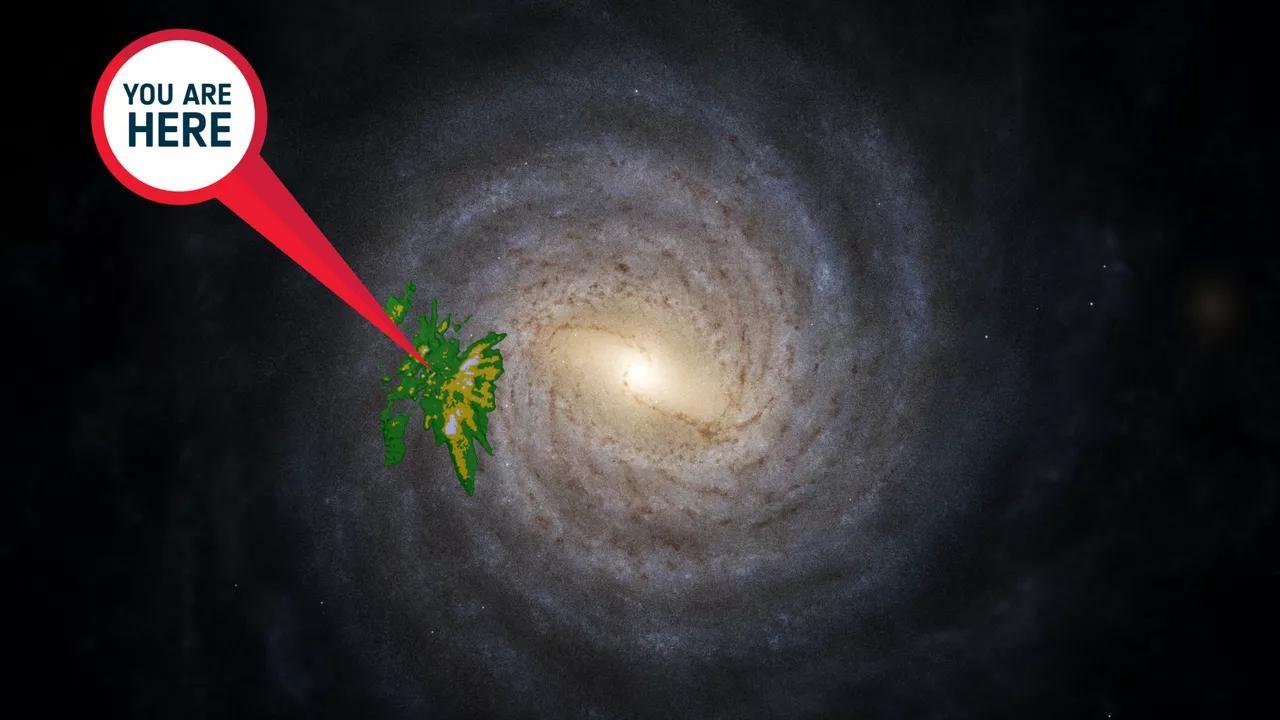Africa-Press – Mauritius. Gaia’s mission is to develop the most detailed and complete multi-dimensional map of our galaxy, allowing scientists to better comprehend the life cycle of stars and examine the Milky Way’s structure, history, and maybe the future.
The European Space Agency (ESA) released data on Monday on nearly two billion stars in the Milky Way gathered by its Gaia mission to produce the most precise and complete image of our galaxy.
According to the agency’s news release, the data will be used by astronomers to better understand how stars form and die, as well as how the Milky Way developed over billions of years. New information on the age, mass, temperature, and chemical makeup of stars is included in the new data.
This is said to be the third release of Gaia’s data, and much of the information contained in it came from freshly-disclosed spectroscopic data, which is a technique for splitting starlight into its constituent colors.
Special subgroups of stars, such as those that alter brightness over time, are also included in the data. Probably one of the most interesting findings of the trove is related to so-called ‘starquakes.
’ Gaia was able to detect over 100,000 starquakes, which the ESA compared to huge tsunamis that ripple across stars.
According to astrophysicist Conny Aerts, cited in the release, these allow scientists to calculate the density, internal rotation, and temperature of stars.
In thousands of stars, Gaia discovered intense nonradial starquakes. The mission also discovered unusual vibrations in stars that had never been observed before. According to existing theory, these stars should not have any quakes. However, Gaia detected them on their surface.
Apart from that, the new data also includes the world’s largest collection of binary stars – stars orbiting a common center of mass – thousands of solar system objects such as asteroids, moons, and planets, and millions of galaxies.
It was also discovered that certain stars in our galaxy are comprised of old material left over from the origin of our universe, while others are made of elements from previous generations of stars: stars closer to the galaxy’s center and plane have more heavy metals than stars further out.
Gaia also classified stars that came from other galaxies. Some stars have a higher proportion of heavy metals than others. According to the ESA, only light components were generated during the Big Bang, such as hydrogen and helium.
All other heavier elements, which astronomers refer to as metals, are created inside stars. When stars die, these metals are released into the interstellar medium, which is made up of gas and dust between the stars and from which new stars develop.
Metal-rich environments will result from active star development and death. The chemical composition of a star can therefore be considered something like its ‘DNA’, providing essential information about its origin, the astronomers noted.
Monday’s release contains several scientific papers published in the journal Astronomy & Astrophysics. Despite the fact that it has only collected data on around 1% of the Milky Way’s estimated number of stars, the mission is already generating around 1,600 scientific articles every year, according to experts.
Project scientist Timo Prusti said in the news release that the sheer quantity of stars examined increases the chances of scientists making extremely unusual findings.
For More News And Analysis About Mauritius Follow Africa-Press







